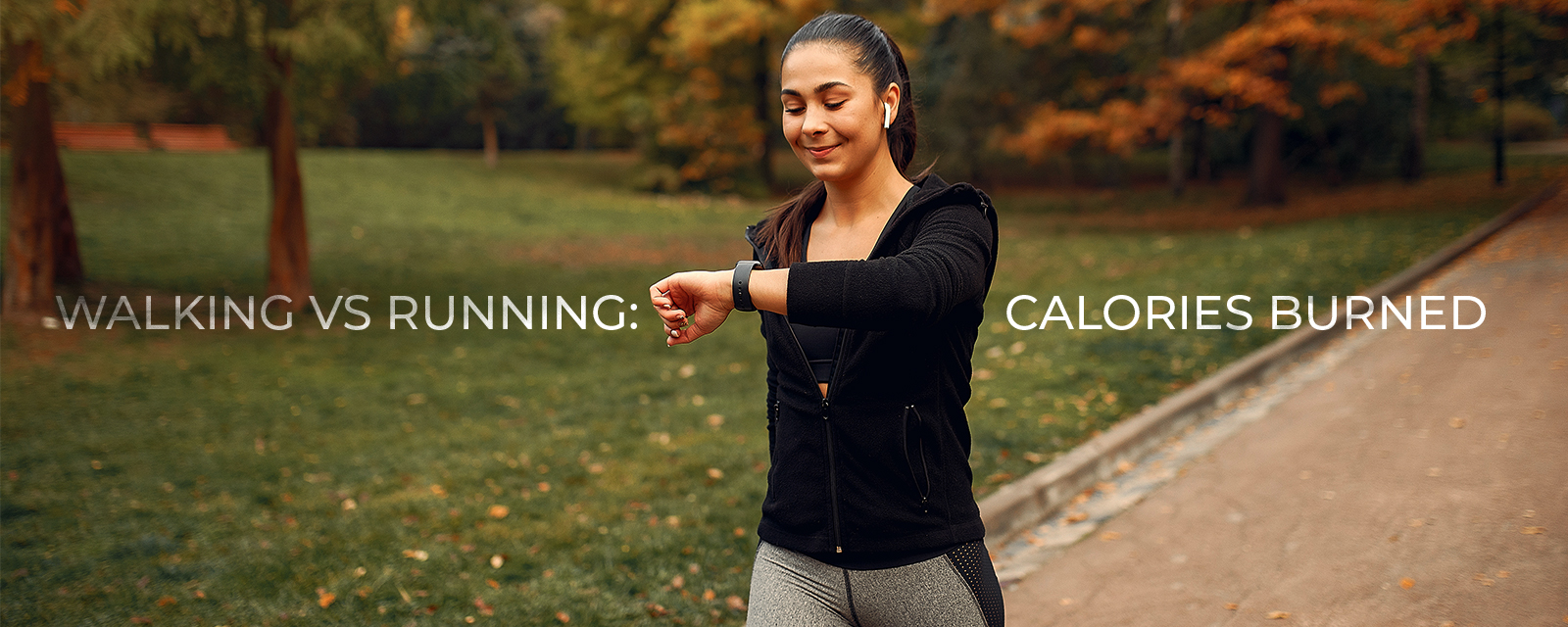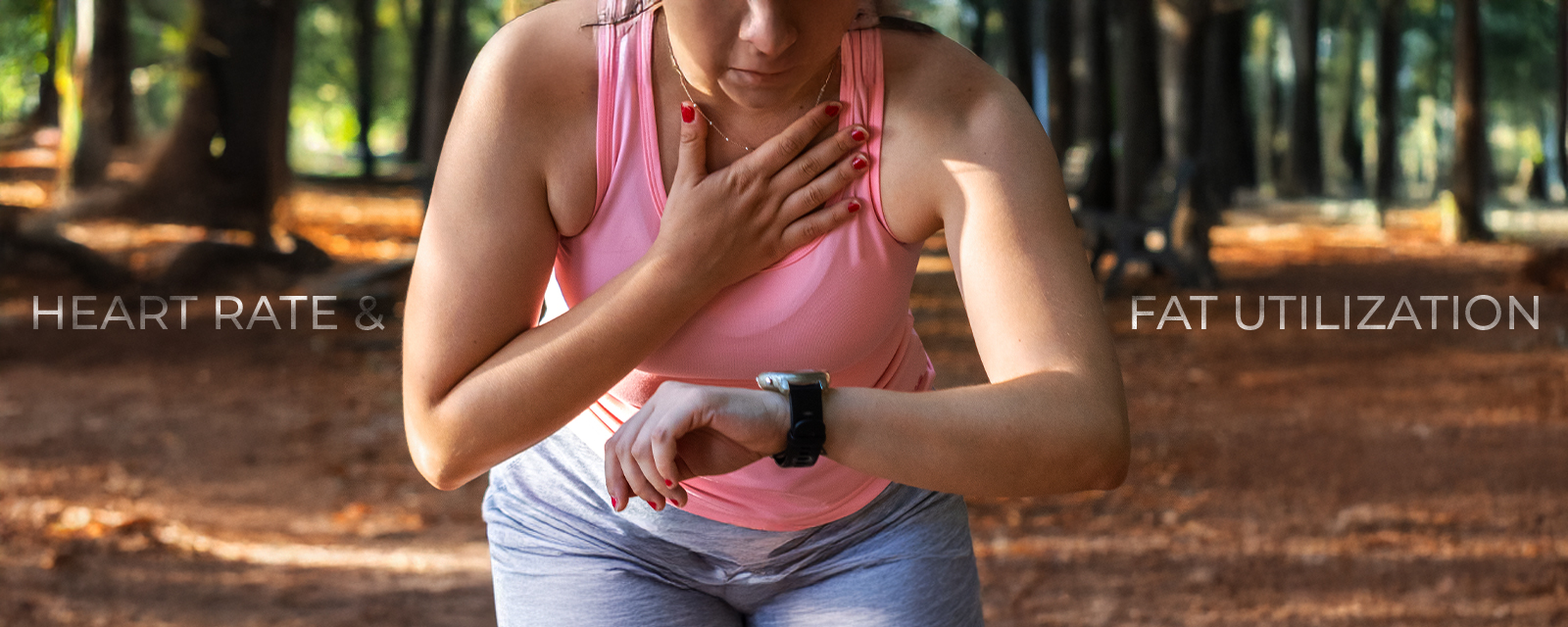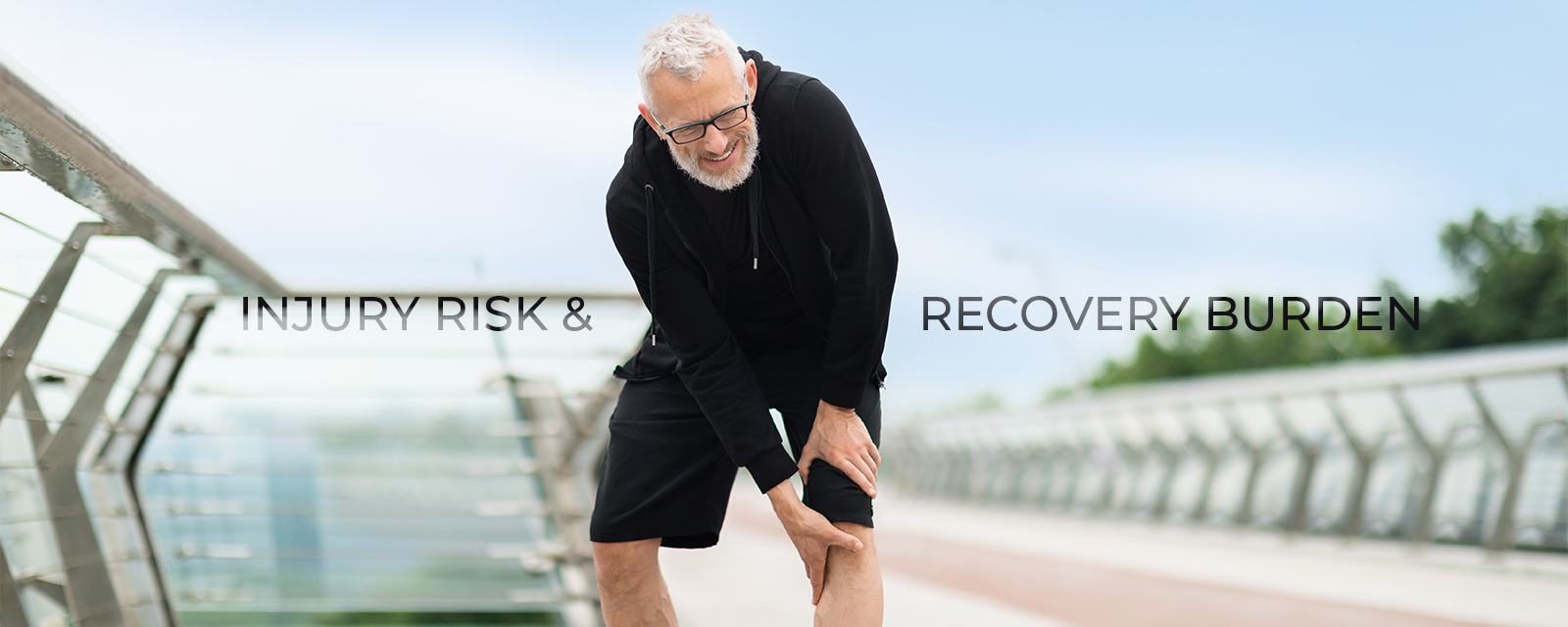
When it comes to burning the fat outdoors, people get confused between walking and running!
Walking and running are two types of cardiovascular workouts that support your fat loss, improve cardiovascular health, and boost your mood.
While running offers a high-intensity calorie burn and spikes in metabolism, walking is a gentler, low-impact, and sustainable route.
But if you're aiming for long-term, sustainable weight loss, which one helps you burn more fat?
To choose between walking vs running, we must look beyond calories and explore your body’s response. fatigue, and whether you can stick to the routine for a long time.
Let’s break it down.
1. Walking vs Running: Calories Burned

Running burns significantly more calories per minute than walking. For a typical 30-minute session.
That’s nearly double the calories. So if you are planning to burn calories quickly, running can be an efficient way.
However, walking’s low impact can help catch up with running if you walk for an hour at 3.65 mph, burning 1800 calories per week.
2. Heart Rate & Fat Utilization:

Walking after eating primarily burns fat, while high-intensity running utilizes your carbohydrate stores. Walking for a longer time will burn more fat in each session than running.
One treadmill study suggested that high-speed walking benefits stronger metabolic responses than light jogging. Try walking faster in your next session.
3. Hormonal Effects & Appetite Regulation:

Some studies confirm that running and high-intensity workouts can help suppress your appetite, at least temporarily, aiding fat loss.
While walking typically does not spike ghrelin and may even have a neutral or modest appetite-suppressing effect, which supports maintaining a calorie deficit without hunger pangs.
However, high-intensity workouts like running may also trigger cortisol spikes, which over time can impair fat metabolism and promote belly fat accumulation, whereas walking keeps cortisol low and supports fat-burning hormonal balance.
Walking to lose weight can lower your cortisol levels over time and support waist circumference reduction, even in high-stress populations.
4. Injury Risk & Recovery Burden:

Running is high impact and places a greater stress on your joints and muscles, raising your risk of muscle injuries or a runner’s knee. This can disrupt long-term consistency.
Walking is a low-impact, gentle movement that is ideal for beginners, older individuals and overweight individuals, or those with chronic joint pain.
Read More: What to Eat After a Workout? 5 Indian Meals for Maximum Recovery
5. Long-term Weight Loss and Sustainability:

Consistency is the key to long-term fat loss, and people find it hard to follow high-intensity routines.
Walking can be done multiple times a day, without requiring any extra effort. Brisk walking and walking after eating are some of the easiest ways to include movement in your day.
Even light movements like a 40-minute walk can produce measurable reductions in body fat over months, sometimes outperforming equal-duration higher-intensity exercise.
Running can lead to burnout without proper rest and progression, which is unsustainable.
What to Choose between Walking and Running?
So, which cardio option is better: walking or running?
The honest answer is that both have value, and the choice depends on your lifestyle, goals, and physical condition.
| What is your goal? | What to Choose |
|---|---|
| Burn more calories in less time | Running |
| Avoid injury or joint strain | Walking |
| Manage stress and appetite | Walking |
| Improve fitness & endurance | Running (or intervals) |
| Build a consistent daily habit | Walking |
| Mix intensity & recovery | Combined plan |
If you want to have the combined best health benefits of running and walking, a hybrid approach can be beneficial.
Think running or brisk intervals 2–3 times per week, paired with daily walking for recovery, stress relief, and metabolism support.
Final Thoughts: Consistency is the Key
Whether you’re brisk walking or walking after eating, the real key to healthy weight loss is consistency.
The best workout isn’t necessarily the most intense; the best workout plan is the one you can consistently follow.
So don’t stress about running if you can’t regularly follow the routine.
A committed walking routine paired with balanced nutrition and strength training can be effective and sustainable.
Read More From Naturopedia
7 Monsoon Fruits That Naturally Boost Your Immunity This Rainy Season
Try this High-Protein Ladoo Recipe for Ultimate Energy Boost Every Day
How to Read Labels to Spot Genuine Organic Products (And Avoid Fake Organic)
December 26th, 2025The 10 Most Replaced Kitchen Essentials by Health-Focused Consumers in 2025
December 24th, 20257-Day Healthy Meal Prep Ideas for Indian Veg Meals (No Hassle!)
December 23rd, 202510 Must-Try Eco-Friendly Products to Replace Plastic at Home
December 17th, 2025